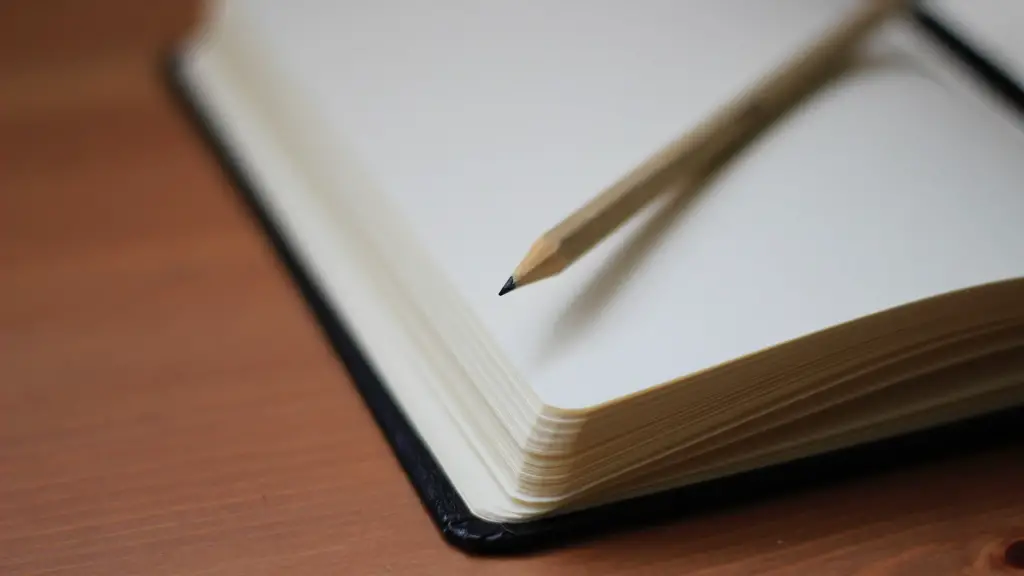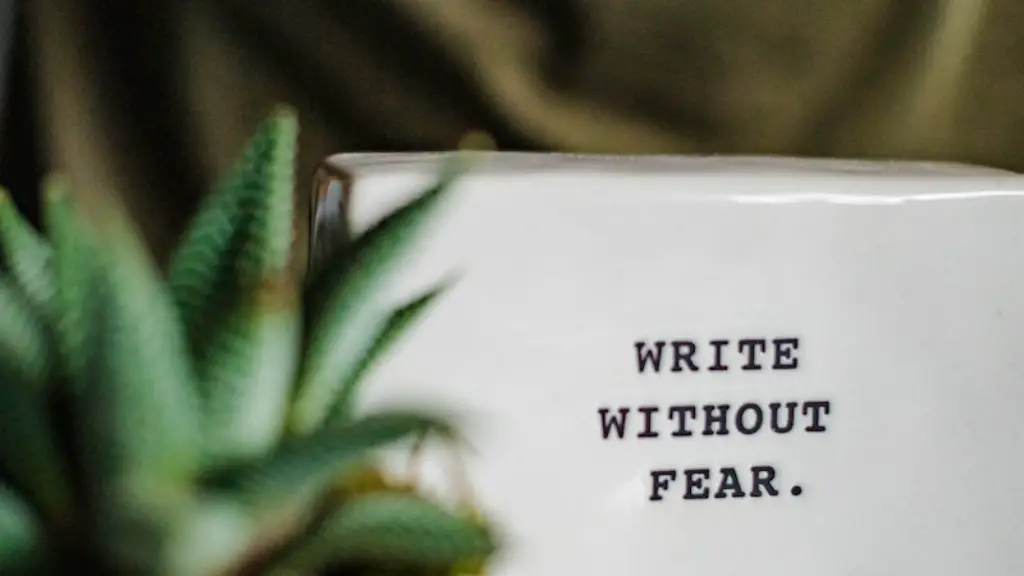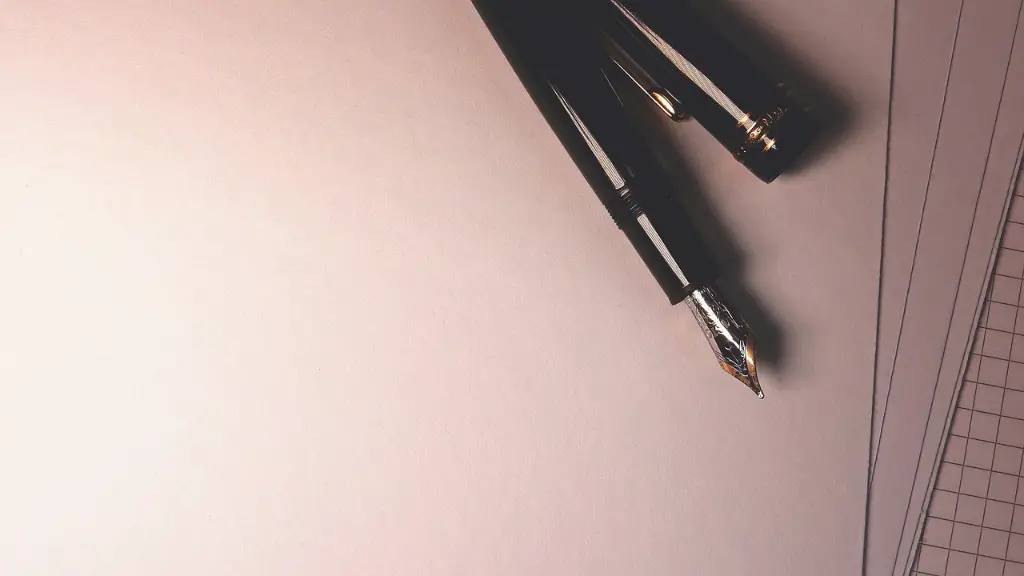SLAM POETRY
Slam poetry is an exciting form of performance poetry where poets face off in a competitive setting to talk about their experiences and views of the world. Contestants take the stage and compete against each other to say their poems the best and loudest to the audience. The person with the loudest cheers and the most enthusiasm from the audience wins the competition.
Slam poetry is a powerful form of expression, allowing poets to tell stories in a unique and captivating way. By getting up on stage and performing their poems to an audience of people, poets can share their truths and perspectives in an impactful and meaningful way. Competitions can be very intense with poets competing against each other, often telling stories that enable the audience to relate and feel understood.
The focus of slam poetry is to ignite passion and emotion in the audience. To do this, slam poets must be willing to go deep, exploring the nuances of their experiences and bringing those to the stage. While memorization isn’t a requirement, the best poets are able to recall the words and structure perfectly, ensuring the performance flows naturally and there is no awkwardness in pause or speech.
The roots of slam poetry can be traced back to the 1980s in the United States. Its core aim is to create a safe and welcoming space for artists to share their work. The trend has since spread to many countries around the world and has inspired thousands of people to join the spoken word scene.
For those interested in performing their own poetry, there are some key considerations to keep in mind. First and foremost, it’s important to tell stories that are true and meaningful. Without passion and energy, poems can be easily forgotten so it’s important to be authentic and raw. It is also important to practice and rehearse so that when taking to the stage, poetics are natural, effortless and intimate.
EXPRESSION THROUGH BODY LANGUAGE
Body language is an incredibly powerful form of communication that can be used effectively to express emotion through poetry. Slam poets often use body language to foster greater connection with the audience and to illustrate their message and poetry.
Gestures such as eye contact, hand movements, and facial expressions are all valuable tools in the poets’ arsenal. Visual expressions can help bring life to the words, enabling the audience to feel a story rather than just hear it. The use of body language also helps to transport the audience, creating a scene and atmosphere.
Another important factor to consider when performing slam poetry is flow. By using techniques such as vocal inflection and timed metre, poets can create stories that captivate and move the audience. Coherence is vital, especially when engaging the crowd. As long as there is a clear rhythm and rhyme structure, the words come alive and have relevance.
CONNECT AND SHARE
Taking part in slam poetry is not only fun and exciting, it also enables poets to share their experiences and make a meaningful connection with their audience. Slam poetry is an extremely powerful form of expression that encourages self-growth and understanding.
The performance also provides an opportunity for poets to learn from one another and interact. By sharing their stories and engaging with each other, poets can gain a better understanding of one other’s truth and discover common ground. This is a great way to make meaningful and lasting connections with likeminded individuals.
For those interested in trying their hand at slam poetry, there are numerous events and open mic nights held regularly in many cities around the world. Discussions, socials, and workshops are also common, often providing an environment for poets to connect, collaborate and further develop their skills.
Slam poetry competitions are an important part of the slam scene and often feature highly skilled poets from all over the world. With the emergence of social media and virtual open mic nights, the reach of slam poetry is even greater.
PRESENTATION IS KEY
When it comes to slam poetry, presentation is key. The performance is an integral part of the poem and the best poets are able to captivate and move their audience with vocality and emotion.
The trick to being a great performer is to practice and be comfortable with the words. Once inscribed in the mind, the focus is on bringing the poem to life. This can be achieved through inflection, body language, and controlled emotion.
Inflection is important in developing a rhythm and flow, enabling the audience to follow the story and feel every word. As for body language, it’s important to concentrate on physicality and use gestures that convey emotion.
Being comfortable on stage and being confident in the words are key elements to a successful performance. Memorizing the poem beforehand is often a good idea, as well as having responses ready if the poem is interrupted by questions.
STAND ON THE STAGE
Taking to the stage can be a daunting experience. It is important to keep in mind that everyone in the audience has come to listen and appreciate the performance. This helps alleviate any nerves and enables poets to perform with more confidence.
Being mindful of the words is crucial. Keeping true to the original story and being fully engaged in the poem will come across in the performance. It’s also important to remember to smile, as this helps in engaging the audience and exudes an air of confidence.
While the aim is to convey a particular message to the audience, it is also important to keep an open mind. It’s likely that some members of the audience will have had similar experiences and will be able to relate.
PUSH BOUNDARIES
Being creative and pushing boundaries is what makes slam poetry so exciting. Poets that go off script and take risks often surprise and inspire the audience, who will be intrigued by the words.
The beauty of slam poetry is that there are no limits on how one can express themselves. Poets can use all the tools at their disposal, such as delivery, vocal inflection and body language, to express their stories and the things they’re passionate about. This is a great way to challenge oneself and find what works and what doesn’t.
Being bold enough to challenge the status quo and try something different can be incredibly rewarding. In doing so, poets can inspire and encourage others to share their stories and push their boundaries too.
BE BRAVE
The saying ‘you’ll never know unless you try’ rings true for slam poetry. Being brave enough to take to the stage and express oneself is liberating. Slam poetry provides a platform for artists to spread their stories and be heard. The self-growth that comes from taking such a risk is incomparable.
Slam poetry can also open doors for budding writers, as it introduces them to a variety of creative tools and techniques. This also allows poets to gain experience and build upon their skills, allowing them to further develop their craft and expand their reach.
Everyone has unique experiences, stories, and perspectives. Slam poetry provides a way for poetic artists to share their messages in a safe and welcoming environment. Don’t be afraid to take the plunge and start sharing your words with the world.
FIND A SPOT
Finding a spot to practise and perform is key. Understanding the space is important to make sure the performance goes smoothly and off without a hitch.
Open mics and writing workshops are hosted both online and face-to-face, and provide a great opportunity to network and gain feedback from other poets. Doing so helps to understand what works and what doesn’t. It can also help to find the best venue to perform, as well as learn from experienced poets.
When looking for a budding spot, it is important to make sure the environment is safe and comfortable for the poet and audience. First impressions are important and will often determine the success of the performance. It is also important to find a spot that fits the needs of the poet, ensuring the environment is welcoming and conducive to storytelling.
BE WELL ADVISED
Getting advice from experienced poets and mentors is a great way to develop and gain skills. Participating in seminars and watching other poets perform is also a great way to find out how to write and perform better.
There is no right or wrong way to write a poem and the key to success is finding the style and technique that works best for the individual. It is important to remember that no one is perfect, and that the key to being successful is to be persistent and persistent.
SEEK CRITICISM
Receiving feedback and criticism is essential to improving performance and skills as a slam poet. Open mics and slam events provide pointers as audience members and poets often give valuable feedback about the performance and writing style. Criticism can often be extremely valuable in helping one to grow as an artist.
It is important to remember that art is subjective and there is no such thing as a perfect poem. There is always room for improvement and it is important to accept criticism in order to refine one’s work and push their limits.
SHOWCASE
Showcasing one’s poems is an important part of slam. Finding ways to share and display one’s work is essential in finding new opportunities and furthering career prospects. Participating in events and open mics is a good way to get discovered and to showcase one’s work.
Additionally, social media platforms can be useful in promoting and sharing work. Platforms such as Instagram, YouTube, and Twitter are great for connecting with a wide range of audiences, which can help in finding new opportunities and audiences.
The slam poetry community is a great resource for help and advice. Seeking advice from experienced poets, joining forums and groups, and attending events and seminars is key for learning and exploring the world of slam.


